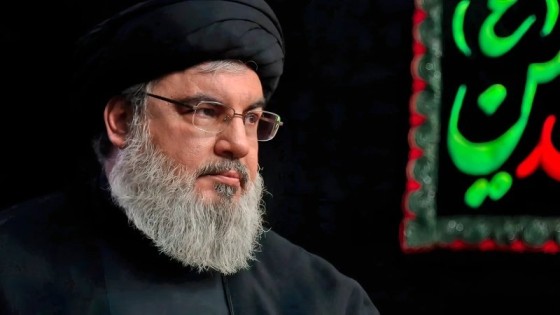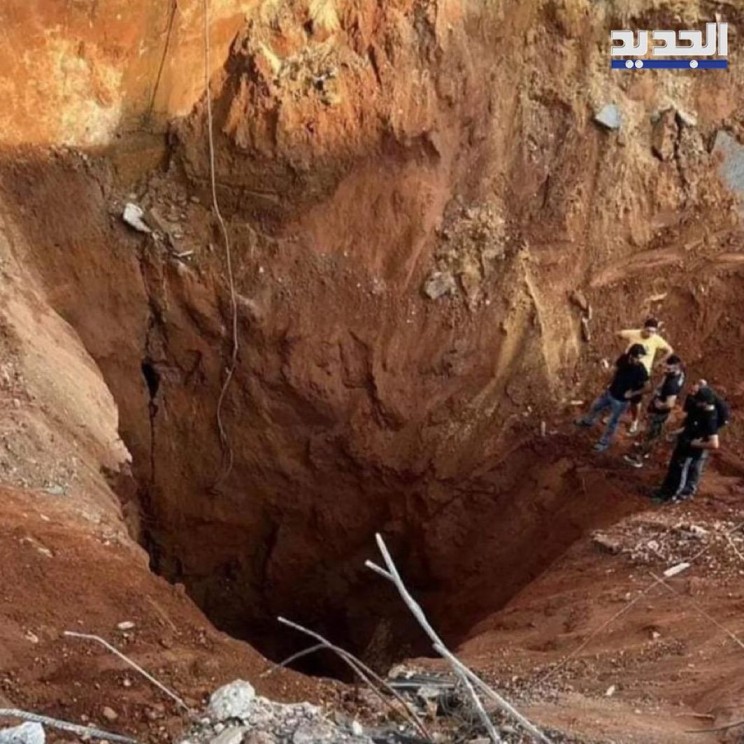Israeli leaders had been tracking the location of Hezbollah leader Hassan Nasrallah’s for months, and the decision to strike on Friday came solely because they believed they only had a short window of opportunity before he would disappear to a different location, three senior Israeli defense officials told The New York Times on Saturday.
According to NYT, the officials said that more than 80 bombs were dropped over several minutes to kill Nasrallah him, although they did not confirm the weight or model of the bombs used. The Hezbollah leader was confirmed dead on Saturday.
The sources, who spoke to NYT anonymously, added that the operation had been planned earlier in the week before Prime Minister Benjamin Netanyahu left to speak at the United Nations General Assembly.

Sayyed Hassan Nasrallah
Their intelligence said Nasrallah would disappear to a different location and they would not get a second chance.
The bunker reached 50m underground and held a number of other senior members of the group.
The blitz also wiped out Ali Karki, the Commander of Hezbollah’s Southern Front and Muhammad Ali Ismail, the commander of Hezbollah’s missile unit, according to the IDF.
A senior member of Iran’s Revolutionary Guards, deputy commander Abbas Nilforoushan, was also killed, Iranian media reported.
Nasrallah has been in hiding for years amid increasing tensions with Israel with him rarely being seen in public.
His last national appearance followed the deadly pager and walkie-talkie blasts earlier this month.
The death is another watershed moment in the 11-month long war that has seen thousands killed and hundreds of thousands displaced from their homes.
IDF military spokesperson Daniel Hagari said on Friday that a “precise strike” hit Hezbollah’s “central headquarters” located underneath residential buildings in Dahiyeh.
Huge 4,000lb laser and GPS-guided GBU-28 and 2,000lb Blu-109 bunker buster bombs are believed to have been deployed – burrowing up to 200ft below ground before exploding.
The destruction of Hezbollah’s HQ came just a day after a ceasefire plan appeared to fall through.
Western nations called for a 21-day pause in the fighting to end the 11-month conflict between Israel and the terror group to its north.
But Israel on Thursday rejected the ceasefire plan saying they will fight the paramilitary group “until victory”.
All three officials said Hashem Safieddine was one of Hezbollah’s few remaining senior leaders who hadn’t been at the strike site.

Crater created by the bunk buster bombs at Hezbollah’s HQs
The officials told NYT they believed Safieddine could be announced as Hezbollah’s new Secretary General.
Nasrallah’s body was identified by Hezbollah operatives early on Saturday morning, as well as the body of high level Hezbollah military commander, Ali Karaki, the officials said.
Who is Hashem Safieddine?
Hashem Safieddine is a cousin of Nasrallah, who has long been regarded as a potential successor.
As head of the executive council, Safieddine oversees Hezbollah’s political affairs. He also sits on the Jihad Council, which manages the group’s military operations.